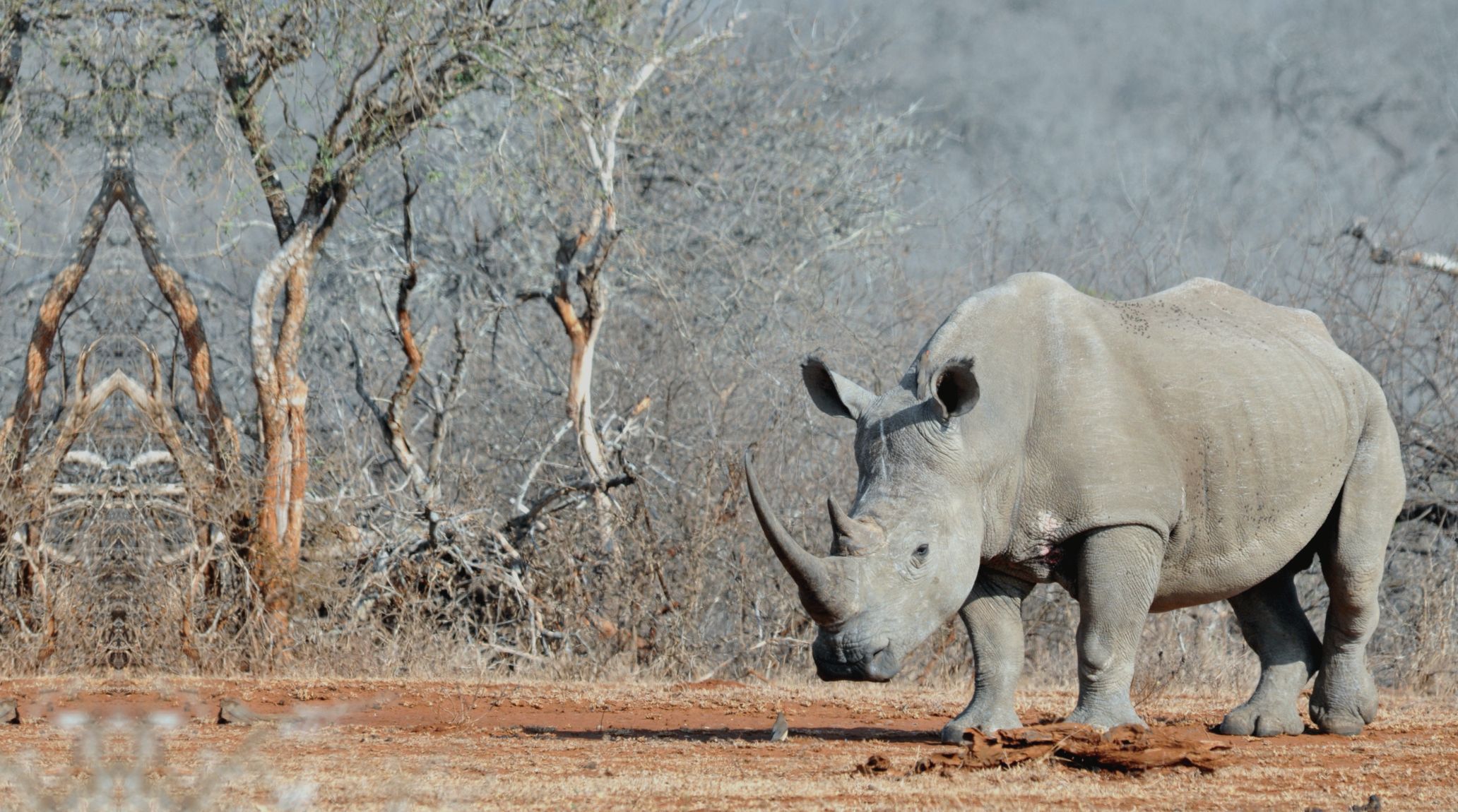
“
Rhinos are fascinating creatures that roam the grasslands and forests of Africa and Asia. In this blog, we'll explore 20 fun and educational facts about rhinoceroses, perfect for young wildlife enthusiasts and curious minds alike. From their unique horns to their habitats and behaviors, get ready to discover why rhinos are among the most amazing animals on Earth!1
1
”
Rhinoceroses are ancient creatures that have roamed the Earth for over 50 million years, evolving from larger ancestors of the Eocene epoch. Their long evolutionary history has shaped their unique traits and adaptations. 1
There are five living species of rhinos: white, black, Indian, Javan, and Sumatran. Each species is adapted to different habitats across Africa and Asia, showcasing diverse ecological roles. 2
Rhinos vary significantly in size and weight. The white rhino, the largest, weighs up to 2,300 kg (5,070 lbs), while the smallest, the Sumatran rhino, weighs about 700 kg (1,540 lbs). This size range illustrates their adaptation to different ecological niches.3
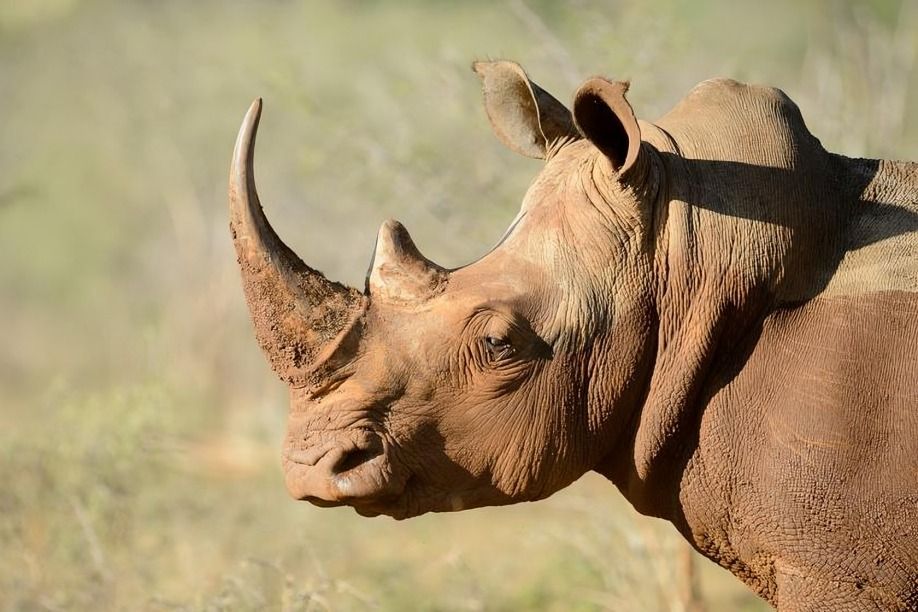
Most rhinos have one or two horns made of keratin, the same protein found in human hair and nails. These horns are essential for defense and territorial disputes and are believed to have medicinal properties in some cultures.
Rhinos face severe threats from poaching and habitat loss, leading to critical endangerment. These threats have drastically reduced rhino populations, prompting urgent conservation efforts.4
Male rhinos are called "bulls," females are "cows," and their young are "calves." Females are generally more pleasant than the solitary, territorial males. A group of rhinos is known as a "crash," reflecting their collective behavior.5
Rhinos are herbivores with varied diets: white rhinos graze on grasses, while black rhinos browse leaves, shoots, and fruits. This dietary flexibility supports their survival in diverse habitats. Their feeding habits play a crucial role in their ecosystems.6
Rhinos are generally solitary except during mating or when mothers care for calves. They communicate through vocalizations, body language, and scent markings. These methods help maintain social interactions and territorial boundaries.7
Female rhinos have a gestation period of 15 to 16 months and give birth to a single calf. Calves remain with their mothers for several years, learning essential survival skills. Extended maternal care is crucial for the calf's development.8
Rhinos have poor eyesight but sharp hearing and smell. These senses help them detect predators and communicate over long distances. Their sensory adaptations are vital for their survival and social interactions.9
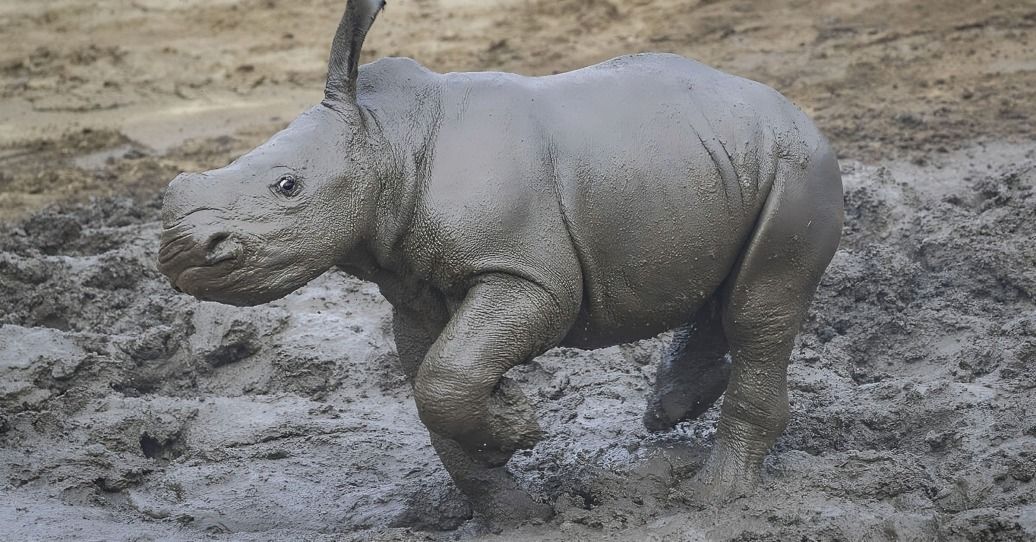
Rhinos often wallow in mud to cool down, protect their skin from insects and sunburn, and mark their territory. Mud wallowing is a key behavior for their physical health and social signaling. This practice is essential for their well-being.
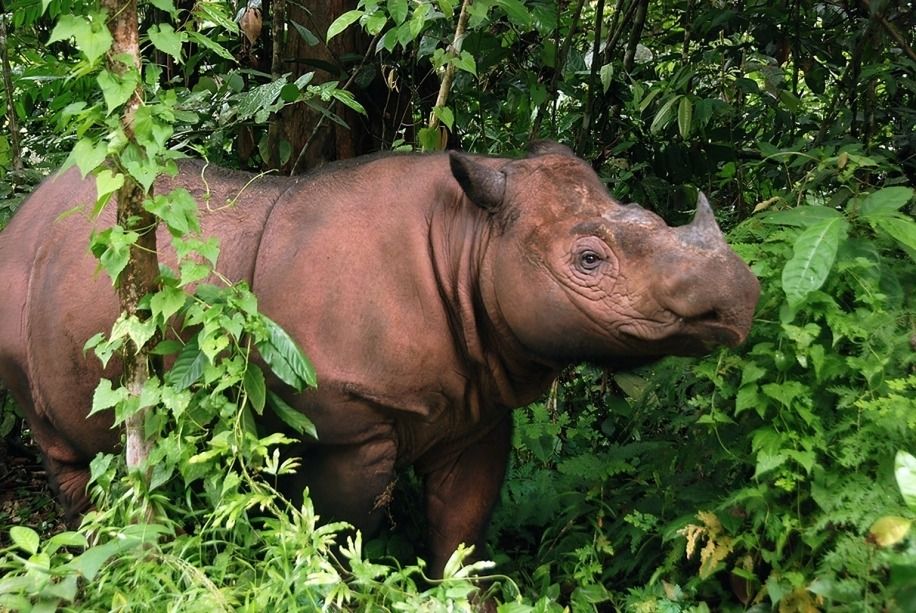
The smallest rhino species is the Sumatran rhinoceros (Dicerorhinus sumatrensis), now limited to Sumatra. It measures 2.3–3.2 meters in body length, with a tail of 35–70 cm, shoulder height of 1.1–1.5 meters, and can weigh up to 2 tonnes.
Rhinoceros lifespans vary based on species and threats. In the wild, they generally live 35 to 50 years, with some reaching over 60 years in optimal conditions. Their lifespan reflects their adaptability and resilience.10
Rhinos have thick skin up to 5 cm (2 inches) thick, protecting them from environmental hazards. This adaptation is crucial for their survival in the wild. Their tough skin helps them endure various physical challenges.11
Rhinos inhabit savannas, grasslands, tropical forests, and swamps, maintaining ecological balance through grazing and browsing. Their presence influences vegetation and supports other wildlife. 12
Rhino populations have declined due to illegal poaching driven by horn demand. This decline highlights the need for robust anti-poaching measures. Addressing the illegal wildlife trade is crucial for rhino conservation.13
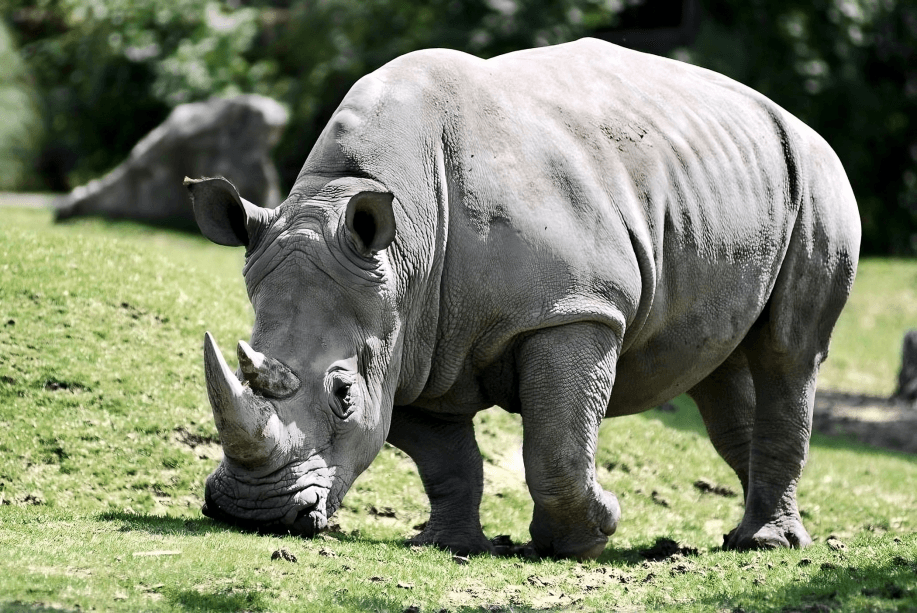
Rhino horns grow continuously throughout their lives, reaching lengths of up to 1 meter (3 feet). Growth rates vary by species and individual. Their horns play a significant role in survival and social interactions.
Human activities like agriculture and urbanization fragment rhino habitats, increasing conflicts and habitat loss. This fragmentation threatens rhino populations. Effective habitat management is essential for their conservation.14
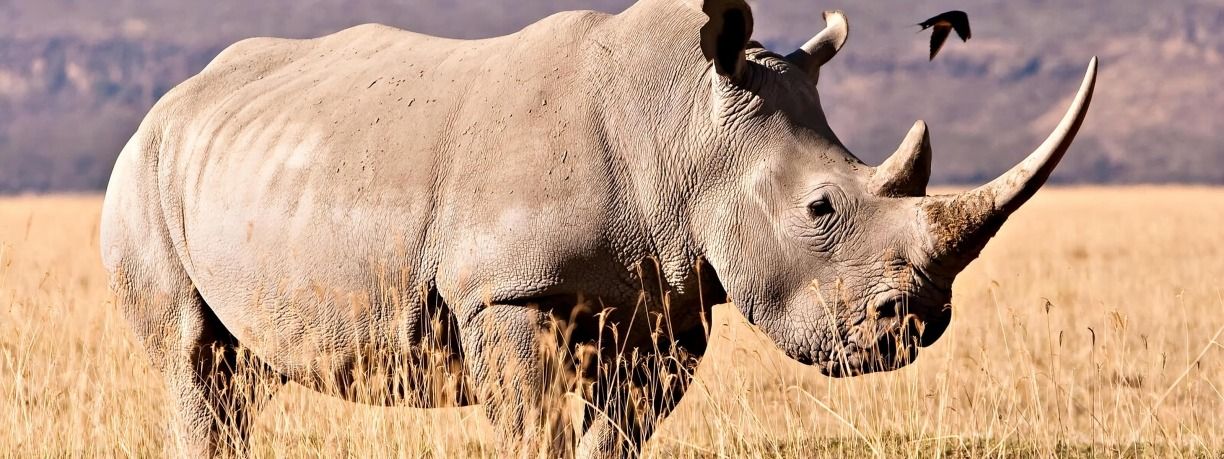
The southern white rhinoceros (Ceratotherium simum simum) is the largest living rhino species. Native to southern Africa, it can reach 4.2 meters in length, 1.85 meters at the shoulder, and weigh up to 3.6 tonnes.
Both black and white rhinos are actually grey. The white rhino's name comes from the Afrikaans word “wyd,” meaning “wide,” referring to its broad, square lip. Early explorers misinterpreted this as “white,” leading to the names black and white rhinos.15


